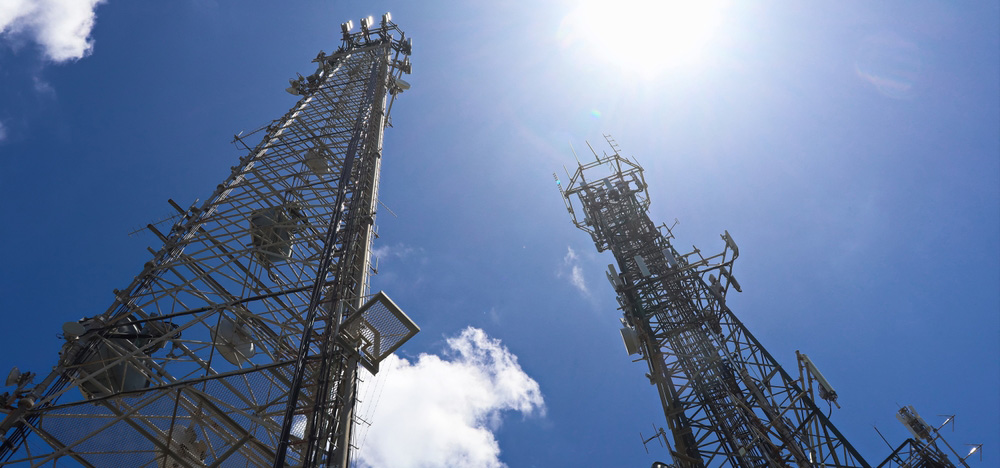Radio Spectrum Business Update – April 2024
Read the Radio Spectrum Business Update for April 2024.
In this issue:
- Regional Wireless Broadband in 3.30-3.34 GHz to reopen for first-in, first-served licencing 13 May 2024
- Ensuring Compliance with NZ Radiocommunications Standards for Imported and Online Purchased Devices
- Understanding Mobile Signal Boosters in New Zealand
Regional Wireless Broadband in 3.30-3.34 GHz to reopen for first-in, first-served licencing 13 May 2024

Licencing for regional broadband in 3.30-3.34 GHz under the “exclusive rights” period has ended and all licences have now been considered. RSM will reopen the band for first-in, first-served licencing on 13 May 2024 at midday. This will allow new licences to be submitted in any currently unused spectrum in Management Right 514.
New prospective licensees will need to confirm their eligibility to licence before submitting licences in this band. Details on this eligibility process and more information on the reopening of the band are available here:
Please note that, alongside this reopening, RSM will release an update to PIB39 in the May Business Update.
Ensuring Compliance with NZ Radiocommunications Standards for Imported and Online Purchased Devices

Not all devices purchased from overseas are suitable for use in New Zealand. It's crucial to understand that any radio transmissions must comply with the local licencing regulations. For instance, UHF walkie-talkies must adhere to the CB/PRS GURL in New Zealand, whereas the MURS/GMRS frequencies are standardized in the United States, and PMR446 is common in Europe. Importantly, MURS/GMRS and PMR446 frequencies are not compliant with New Zealand regulations and should not be used within New Zealand. Utilizing non-compliant frequencies can lead to unintentional interference with other licenced services, potentially resulting in fines.
Furthermore, all imported radio and wireless products must meet technical standards to ensure they do not disrupt New Zealand's radio spectrum. This includes avoiding prohibited devices like cellphone jammers, some radio microphones, and some dog trackers.
Consumers are urged to verify the legality and compliance of products before purchasing them, especially from overseas, to prevent unintentional interference with critical communication services.
More information on buying electrical and electronic products in New Zealand can be found here:
Buying electrical and electronic products in New Zealand and Overseas
You can also contact us before buying electrical and electronic products
Understanding Mobile Signal Boosters in New Zealand

Mobile phone boosters, also known as signal boosters, repeaters, or amplifiers, are devices designed to enhance the quality and strength of mobile network signals for devices like cell phones and tablets. Used in areas with poor mobile coverage, these devices work by capturing existing signals and rebroadcasting them to improve connectivity. However, potential users are advised to consult their mobile service providers before purchasing or using one, as improper use or unapproved boosters can lead to interference with the broader cellular network, resulting in dropped calls, distorted messages, or even network failure.
It's crucial that mobile boosters are correctly configured to match the specific frequencies of the user's mobile network to avoid causing radio interference. Most boosters available online may not be suited for New Zealand's networks, potentially leading to interference issues. The Mobile phone boosters page provides resources and links to approved providers, ensuring compatibility and legal compliance. Unapproved devices not only risk poor performance but may also interfere with neighbours’ services, have legal repercussions, and result in financial losses. Users are encouraged to verify the suitability of a booster with their network operator or consult RSM on approved equipment.

